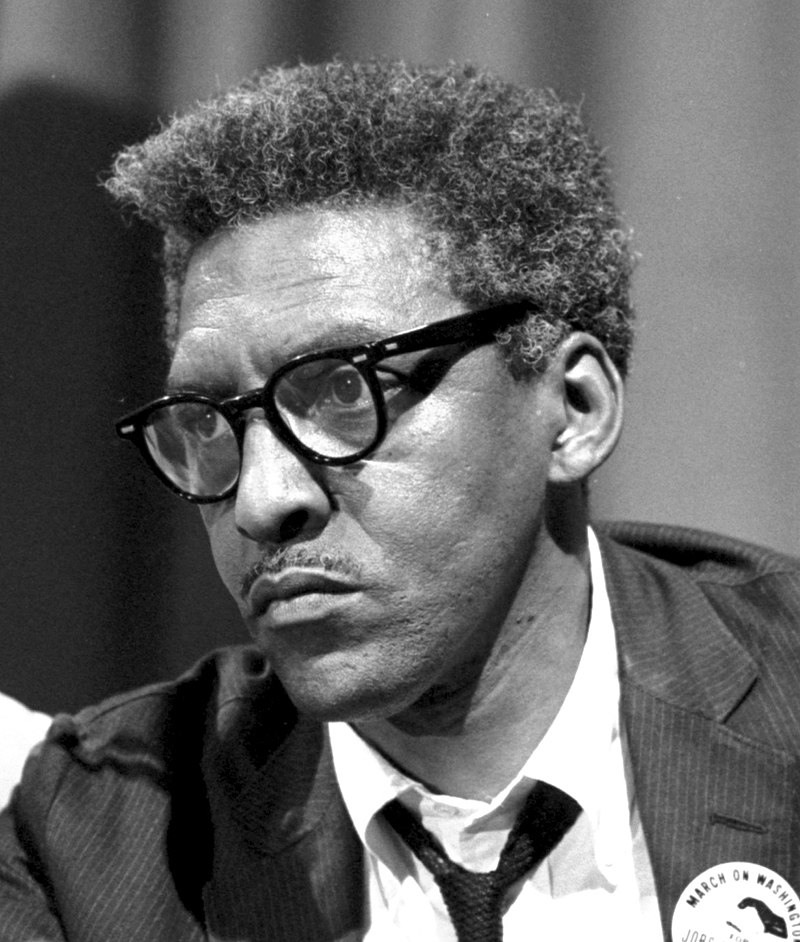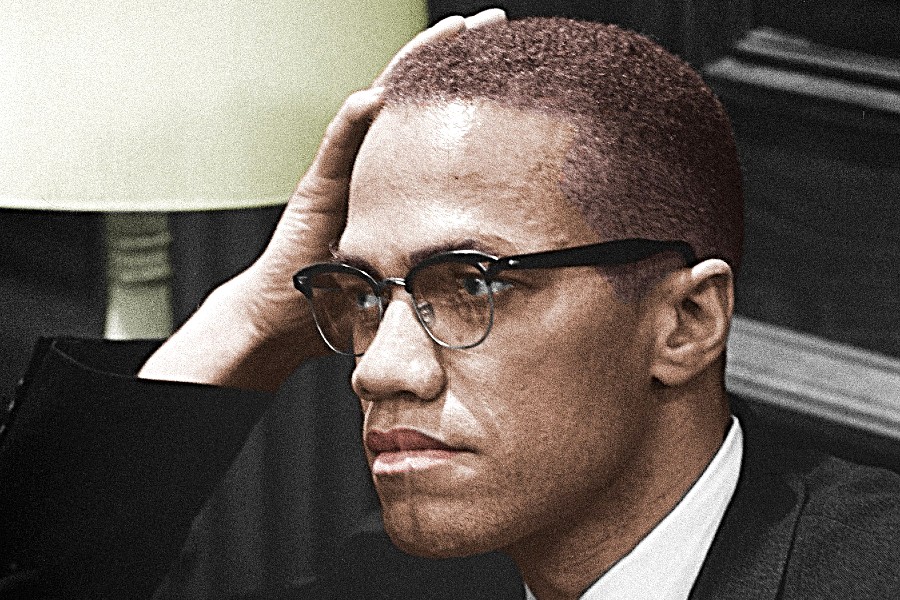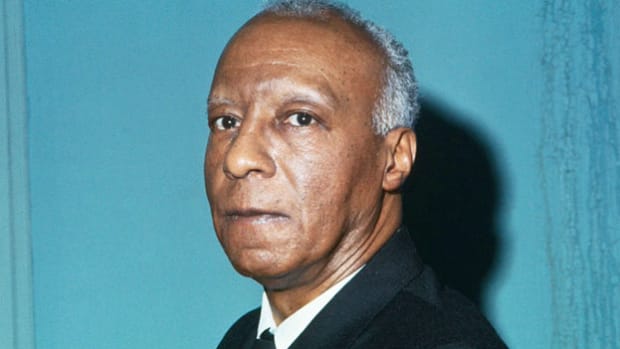
Six decades have passed since the historic March on Washington, a monumental event that redefined the landscape of civil rights advocacy and reshaped the course of American history.
…its origins can be traced back to a neighborhood renowned for its cultural heritage and activism: Harlem.
While the March on Washington is often associated with its iconic location on the National Mall in Washington, D.C., its origins can be traced back to a neighborhood renowned for its cultural heritage and activism: Harlem.
Harlem, situated in the northern part of Manhattan, has long been a hub of African-American culture, intellectualism, and political engagement. In the early 20th century, Harlem experienced the Harlem Renaissance, a flourishing of art, music, literature, and political thought that celebrated the African-American identity. This rich cultural backdrop laid the groundwork for the civil rights movement, and it was from within the heart of Harlem that the seeds of the March on Washington were sown.

The precursor to the March on Washington was an idea that germinated in Harlem’s churches, community centers, and meeting halls. Influential leaders and activists of the time, such as A. Philip Randolph, Bayard Rustin, and Malcolm X, recognized the need for a unified platform that could draw national attention to the pressing issues of racial inequality, economic disparity, and systemic injustice.
A. Philip Randolph, a prominent labor and civil rights leader, envisioned a mass march to protest racial discrimination and demand equal employment opportunities for African Americans. He was a driving force behind the initial proposal for the march, which was first conceived in the early 1940s. Although the march didn’t come to fruition during that era, it laid the groundwork for future mobilizations.
The mantle was picked up by Bayard Rustin, a key figure in the civil rights movement and a Harlem native. Rustin’s strategic brilliance and organizational acumen were instrumental in the successful execution of the March on Washington in 1963. He meticulously planned the logistics of the event, from securing permits to coordinating transportation for the hundreds of thousands who would eventually converge on the nation’s capital.

Malcolm X, another influential figure who emerged from Harlem, also contributed to the movement that culminated in the March on Washington. While he had philosophical differences with some of the march’s organizers, his advocacy for Black empowerment and his calls for justice resonated with the broader civil rights struggle.
On August 28, 1963, the vision born from the heart of Harlem came to fruition on the steps of the Lincoln Memorial in Washington, D.C. The March on Washington for Jobs and Freedom brought together people from all walks of life, races, and backgrounds to demand an end to racial segregation, job discrimination, and the denial of civil rights.
Harlem’s Glenn Hunter, Co-founder of Harlem Cultural Archives, stated, “The Harlem Renaissance instilled in African Americans across the country a new commitment to political activism and self-determination, providing a foundation for the Civil Rights Movement of the 1950s and 1960s. It is no wonder that the 1963 March On Washington For Jobs and Freedom was planned in Harlem. In fact, most of the major political organizations were in some sense based or started here, particularly the NAACP and the unions.”
Dr. Martin Luther King Jr.’s iconic “I Have a Dream” speech echoed the aspirations of not only those gathered on the National Mall but also the hopes and dreams of Harlem and communities throughout the United States. His words, inspired by the struggle and resilience of countless individuals, reverberated with the spirit of unity that had been fostered in places like Harlem.

As we commemorate the 60th anniversary of the March on Washington, it is essential to acknowledge Harlem’s pivotal role in shaping the national movement that brought about transformative change. The cultural, intellectual, and activist legacy of Harlem provided the fertile ground from which the March on Washington emerged—a testament to the power of community-driven advocacy and the enduring impact of local activism on a global stage.
Photo credit: 1) March on Washington still. 2) Bayard Rustin. 3) Malcolm X. 4) A. Philip Randolph. Wiki.
- Broadway’s Rising Stars Converge: A Day Of Inspiration At Broadway Express y Más
- Adams, Hochul And More Toast $5 Billion Housing Plan: Building Dreams Together!
- Alicia Graf Mack, Dancer, Educator, And Leader Appointed Artistic Director Of Ailey
- Update: More Illnesses Have Been linked To The McDonald’s E. Coli Outbreak
- Bronx: NYWF’s 30th Annual Dinner Honors Community Leadership And Purpose
Become a Harlem Insider!
By submitting this form, you are consenting to receive marketing emails from: . You can revoke your consent to receive emails at any time by using the SafeUnsubscribe® link, found at the bottom of every email. Emails are serviced by Constant Contact









